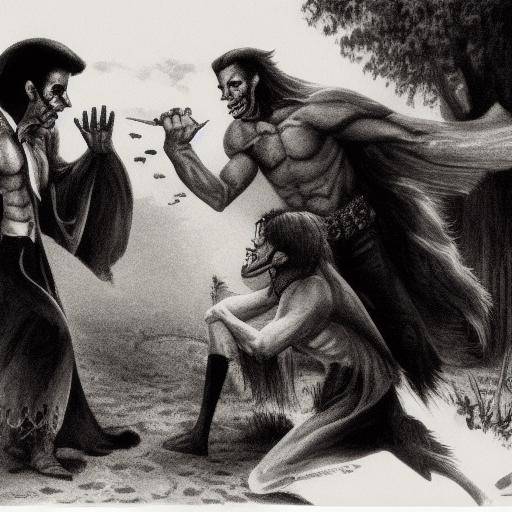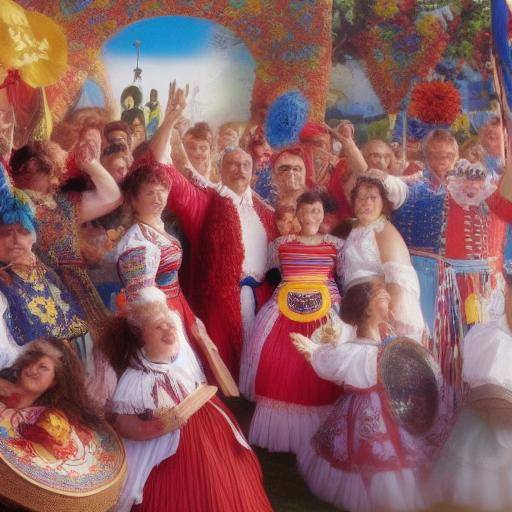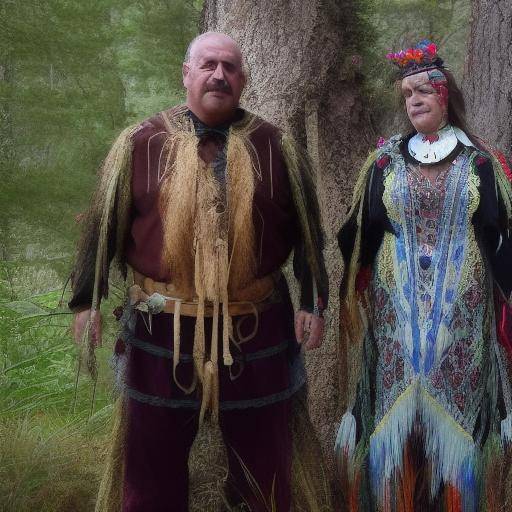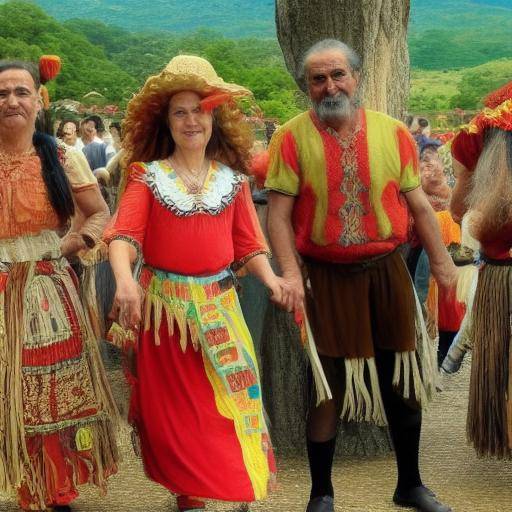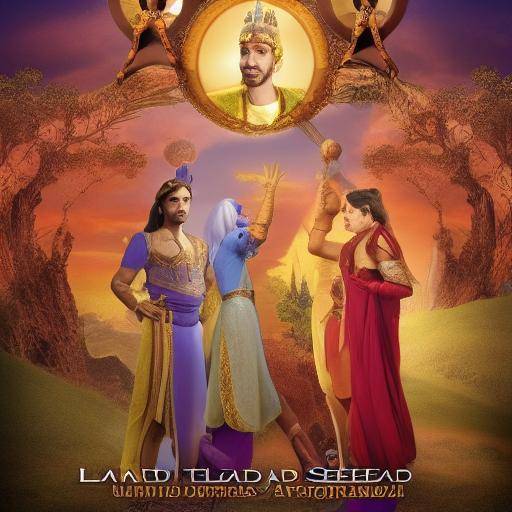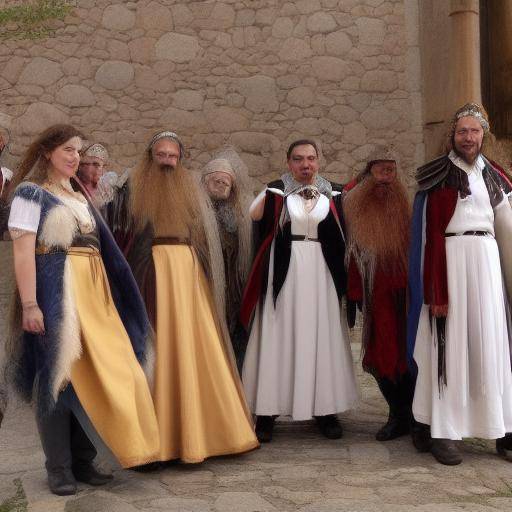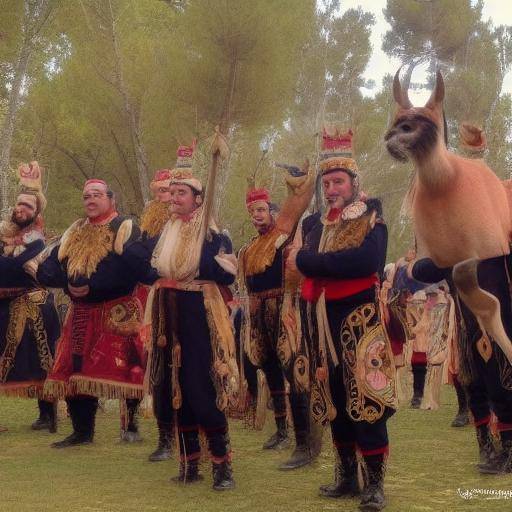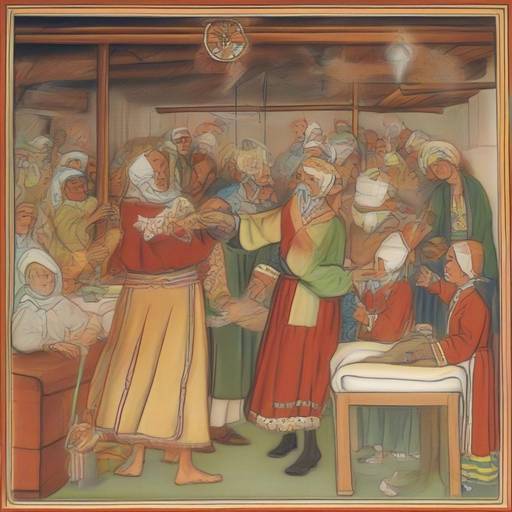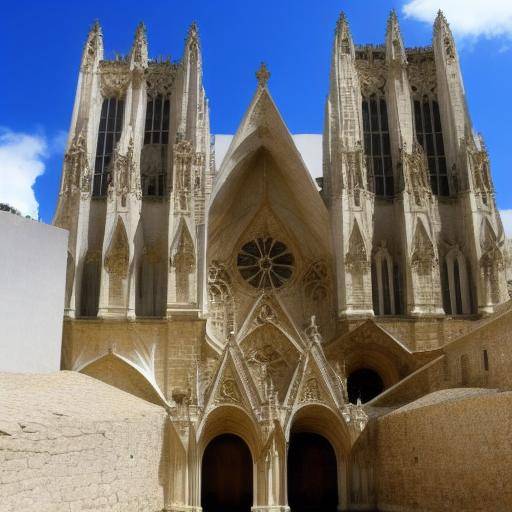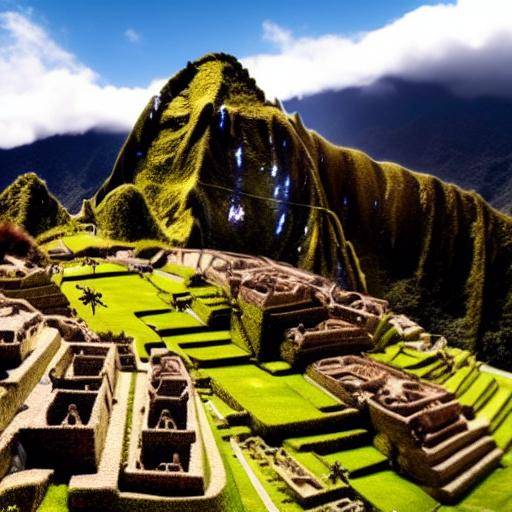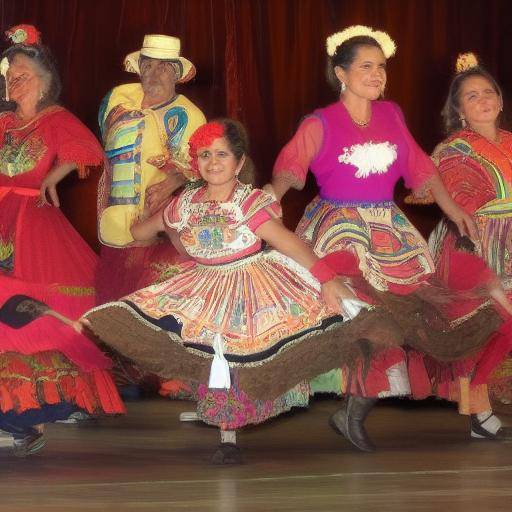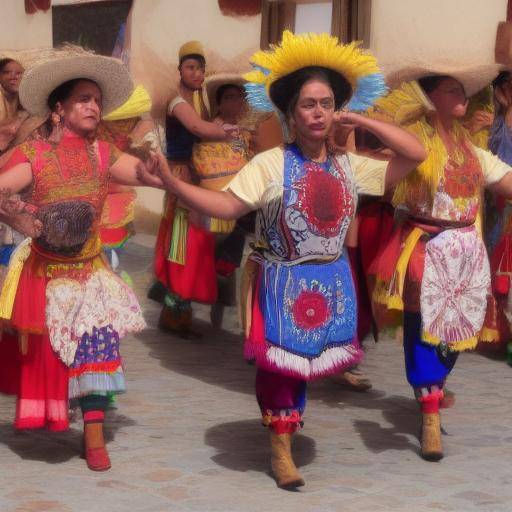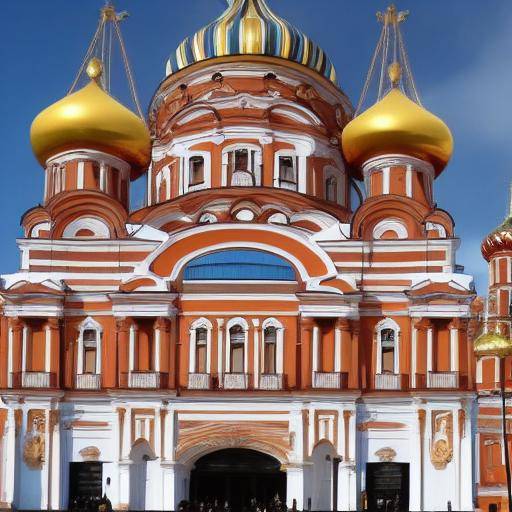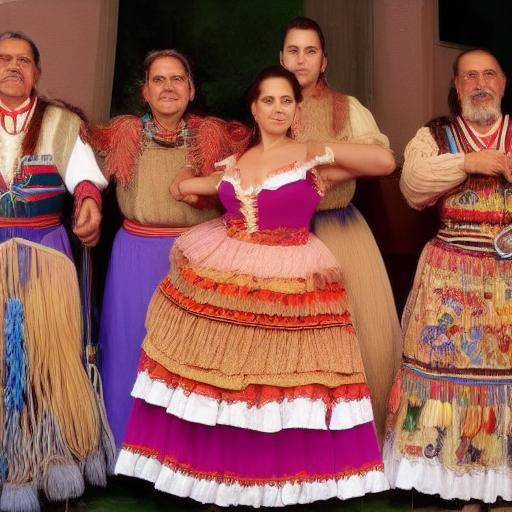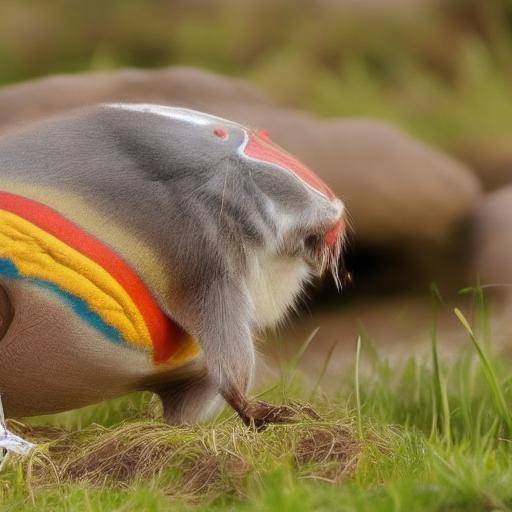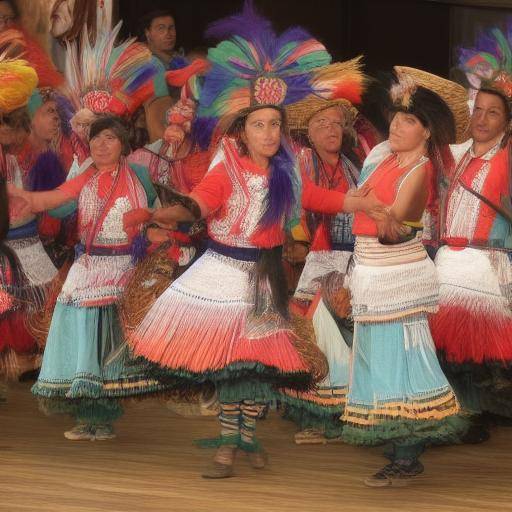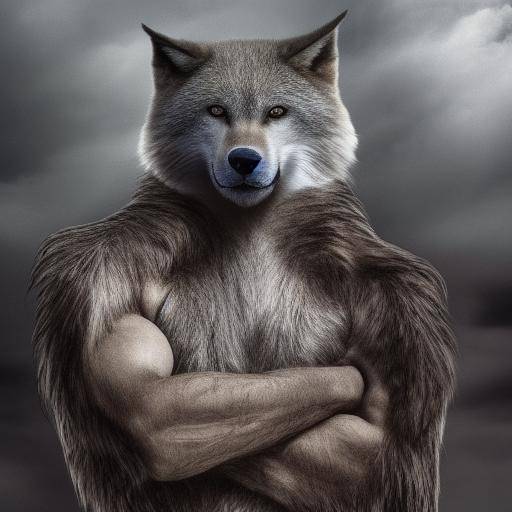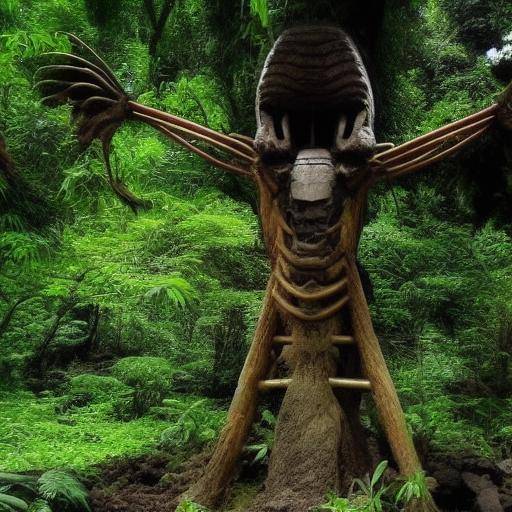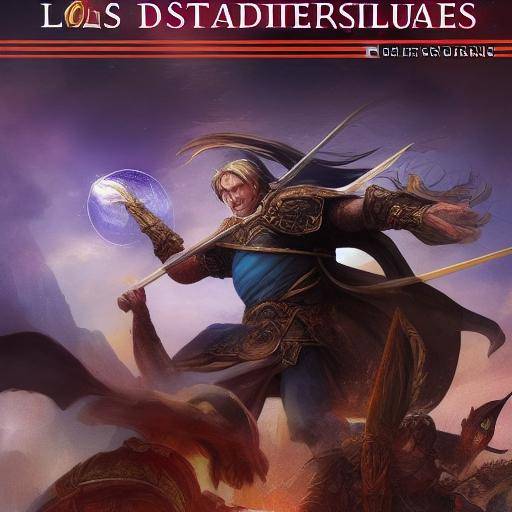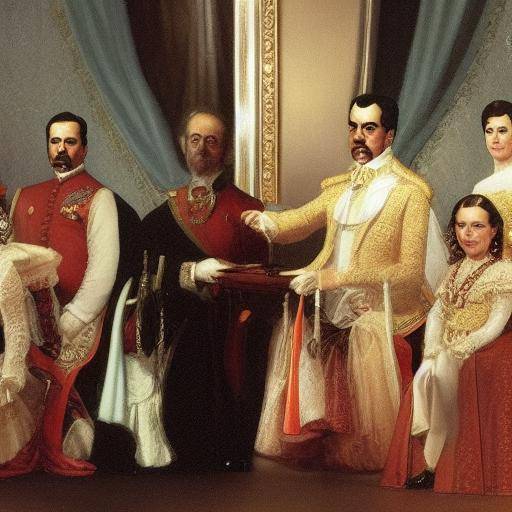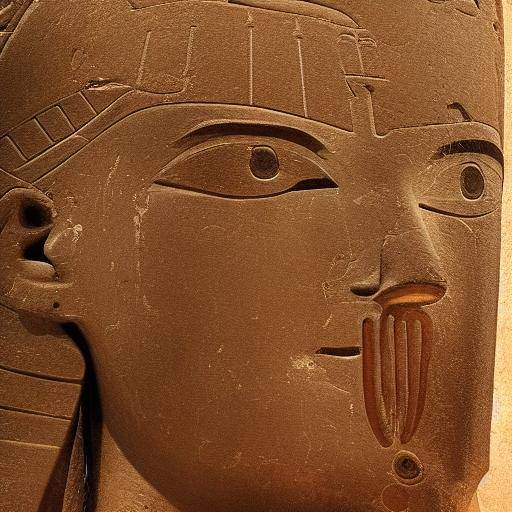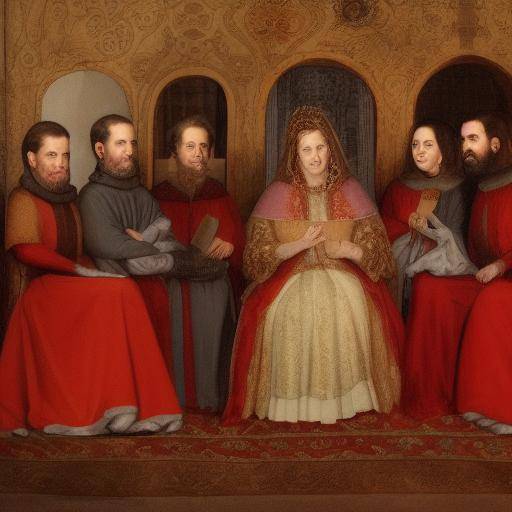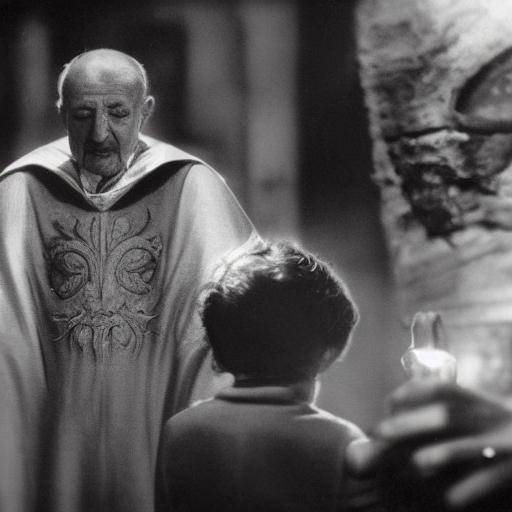
The myths and legends of the giants and trolls occupy a prominent place in the rich and fascinating Scandinavian folklore. These powerful mythological figures have captivated the imagination of generations, and their stories endure until today. In this article, we will immerse ourselves in the world of the giants and trolls of Scandinavian folklore, exploring their origins, characteristics and their relevance in Nordic culture and mythology.
Introduction
The giants and trolls of Scandinavian folklore are figures that have left an indelible mark on Nordic culture. His stories, full of mystery and magic, not only explained natural phenomena, but also reflected the values, fears and beliefs of ancient communities. This article explores the legends and myths surrounding these beings, analyzing their impact and evolution over time.
History and Background
The origins of the myths of giants and trolls in Scandinavian folklore date back to ancient times, when the Nordic communities shared stories to explain natural phenomena, transmit values and fears, and worship their gods. These narratives were enriched with the passage of time, influenced by different cultures and traditions.
Giants in the Nordic Mythology
The giants, or "jötnar", are colossal beings with extraordinary powers. In the Eddas, the most important texts of the Nordic mythology are narrated the story of Ymir, the first giant, of whose body the sky and the earth arose. Giants often represent primordial and natural forces, and their presence is a constant threat to the gods and humanity.
Trolls at the Folklore Scandinavo
The trolls, on the other hand, are creatures of darkness and evil, often represented with a grotesque appearance. Inhabitants of lone forests and mountains, trolls are known for their cunning and malice. Legends about trolls often warn about the dangers of adventure in desolate places and emphasize the need to respect nature.
Analysis in Deep
We will explore myths and legends behind the giants and trolls in Scandinavian folklore, from their origins to their impact on Nordic culture. We will discover the various interpretations and representations of these fascinating mythological figures throughout history.
Origins and Evolution
The first records of giants and trolls date back to the ancient Nordic sagas and the Eddas, the collections of epic poems that form part of Icelandic literature. These stories, transmitted orally for centuries, formed the basis of Scandinavian mythology and gave life to beings as imposing as Ymir, the first giant, and the trolls that inhabited the lone forests and mountains. As Christianity spread throughout the region, many of these stories were reinterpreted or rejected, but the influence of the giants and trolls persisted in popular folklore.
Characteristics and Representations
The giants and trolls have been represented in different ways in the different Scandinavian traditions. From ancient beings of great wisdom to fearsome entities that haunted the seized travelers, the diversity of these mythological figures reflects the rich variety of beliefs and superstitions present in Nordic society.
Giants
- Ymir: The first giant, whose flesh formed the earth, its blood the seas and its bones the mountains.
- Jötunheim: The land of the giants, an inhospitable and wild place where these beings dwell.
- Wisdom and Power: Some giants, like Mimir, are known for their great wisdom and supernatural powers.
Trolls
- Grotesque Appearance: With deformed bodies and malicious attitudes, the trolls are seen as enemies of humans and nature.
- Inhabitants of Darkness: They live in caves and mountains, and it is said that they become stone when exposed to sunlight.
- Travesuras and Dangers: Troll stories often warn about the dangers of curiosity and disobedience.
Comprehensive review
We will discover the relevance and meaning of the myths of giants and trolls in Scandinavian folklore and analyze their impact on Nordic culture, from antiquity to present.
Cultural Impact
The myths of giants and trolls are not only part of mythology, but have also influenced literature, art and popular culture. Authors like J.R.R. Tolkien inspired these legends to create their own epic stories. In addition, the figures of giants and trolls appear in festivals, plays and films, keeping tradition alive and attracting new generations.
Meaning Modern
Today, the myths of giants and trolls remain relevant. They represent the struggle between order and chaos, indomitable nature and civilization. These myths also reflect contemporary concerns about the environment and conservation of nature, reminding us of the importance of respecting and protecting our environment.
Conclusion
The giants and trolls of Scandinavian folklore are figures that have left a lasting mark on Nordic culture. His stories, rich in symbolism and teachings, continue to fascinate and inspire generations. By exploring its origins and evolution, we get a deeper understanding of Nordic mythology and the values and beliefs that have shaped Scandinavian civilization.
This article has explored the intriguing world of giants and trolls, revealing its importance in Scandinavian folklore and its lasting impact on culture and mythology. From its roots in the ancient sagas to its modern relevance, these figures remain a powerful symbol of the connection between human beings and the forces of nature.


